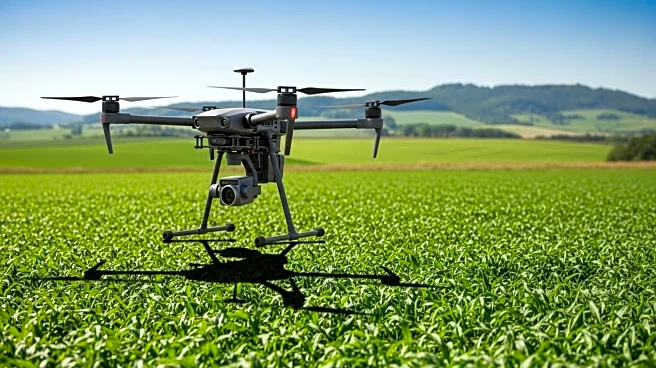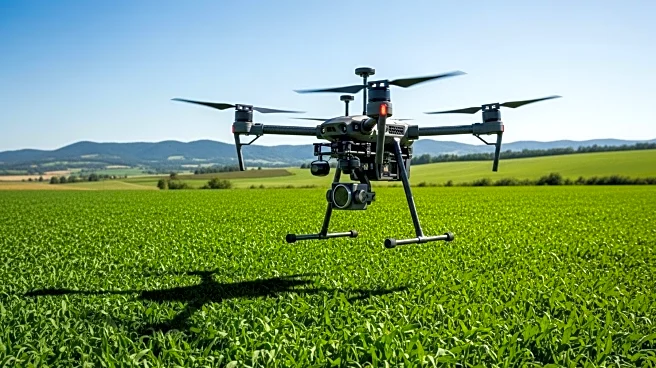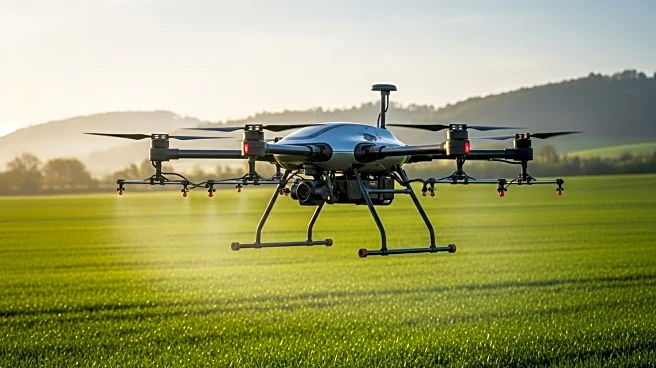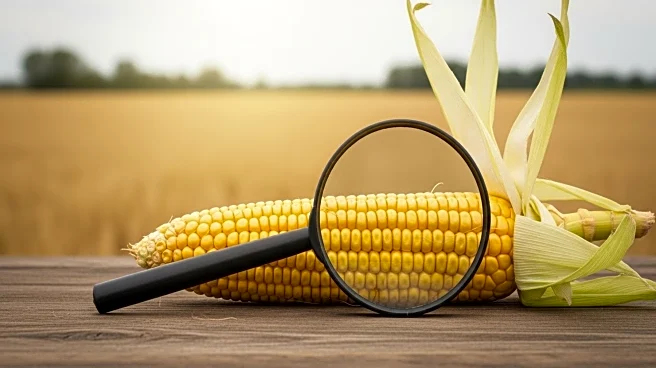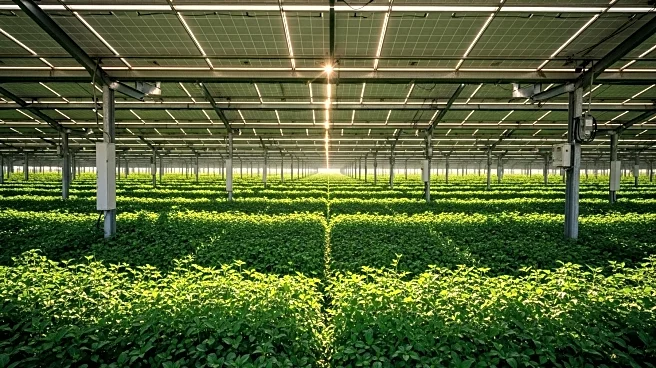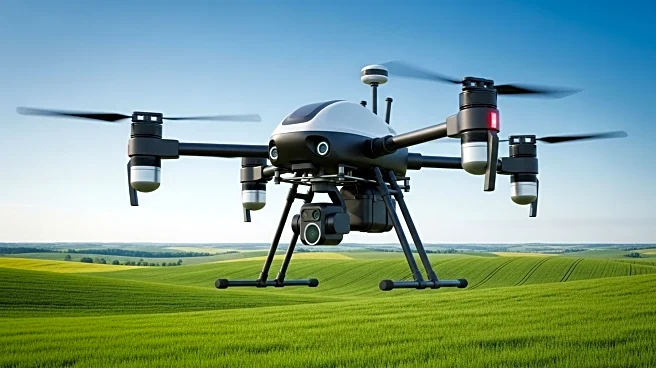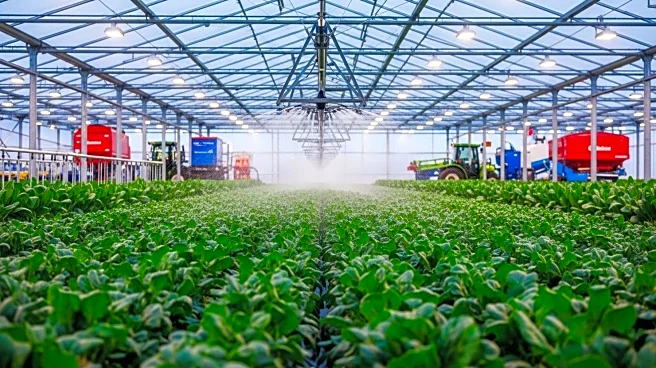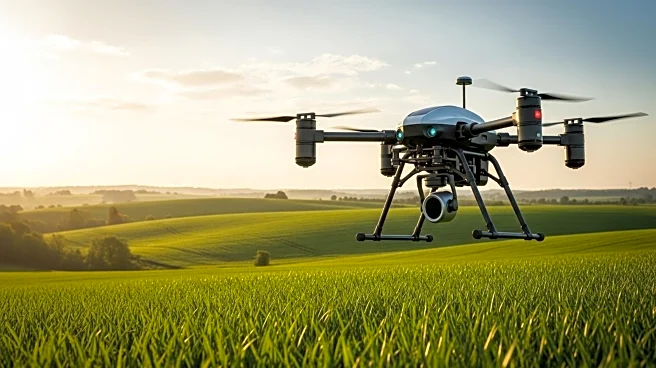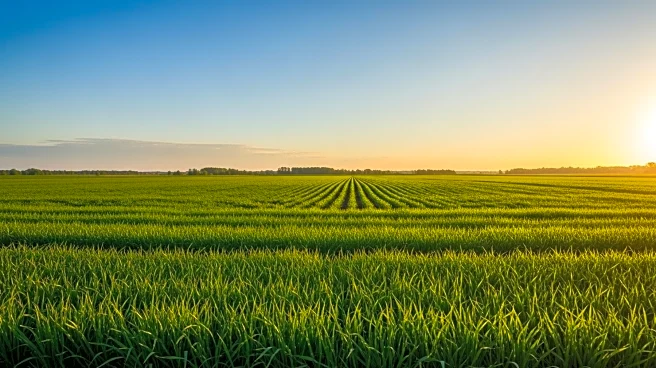What's Happening?
The agritech data management and analysis market is forecasted to grow significantly, with an estimated market value of $10.24 billion by 2035, up from $3.57 billion in 2025. This growth is driven by the increasing need for sustainable agriculture and food security, as well as the challenges posed by climate change. Precision farming, which utilizes technologies like GPS, IoT, and remote sensing, is leading the market due to its efficiency in reducing waste and increasing profitability. Full-stack digital farming platforms are also gaining traction, offering integrated solutions that unify data collection, agronomic analytics, and farm operations. North America is currently leading the market, driven by initiatives for climate-smart farming practices and significant investments in digital agriculture.
Why It's Important?
The expansion of the agritech market is crucial for addressing global challenges such as food security and climate change. By adopting digital solutions, farmers can optimize resource use, reduce environmental impact, and improve crop yields. This growth also presents opportunities for technological innovation and investment in the agriculture sector, potentially leading to increased profitability for farmers and agribusinesses. The integration of digital tools in agriculture can enhance decision-making, streamline operations, and provide real-time insights, which are essential for adapting to changing environmental conditions and market demands.
What's Next?
As the agritech market continues to grow, further advancements in technology and increased adoption of digital farming solutions are expected. Governments and private organizations are likely to invest more in research and development to overcome challenges such as high up-front costs and interoperability issues. The focus will be on developing universally accepted data protocols and standards to facilitate communication between devices. Additionally, the expansion of full-stack digital farming platforms may lead to more comprehensive solutions that address various aspects of the agricultural value chain, from production to market linkages.
Beyond the Headlines
The growth of the agritech market may have broader implications for rural communities and economies. As digital solutions become more prevalent, there could be shifts in labor dynamics, with a potential decrease in manual labor and an increase in demand for tech-savvy workers. This transition may require new training programs and educational initiatives to equip the workforce with necessary skills. Furthermore, the adoption of digital agriculture could lead to ethical considerations regarding data privacy and ownership, as well as the impact on traditional farming practices and local cultures.


